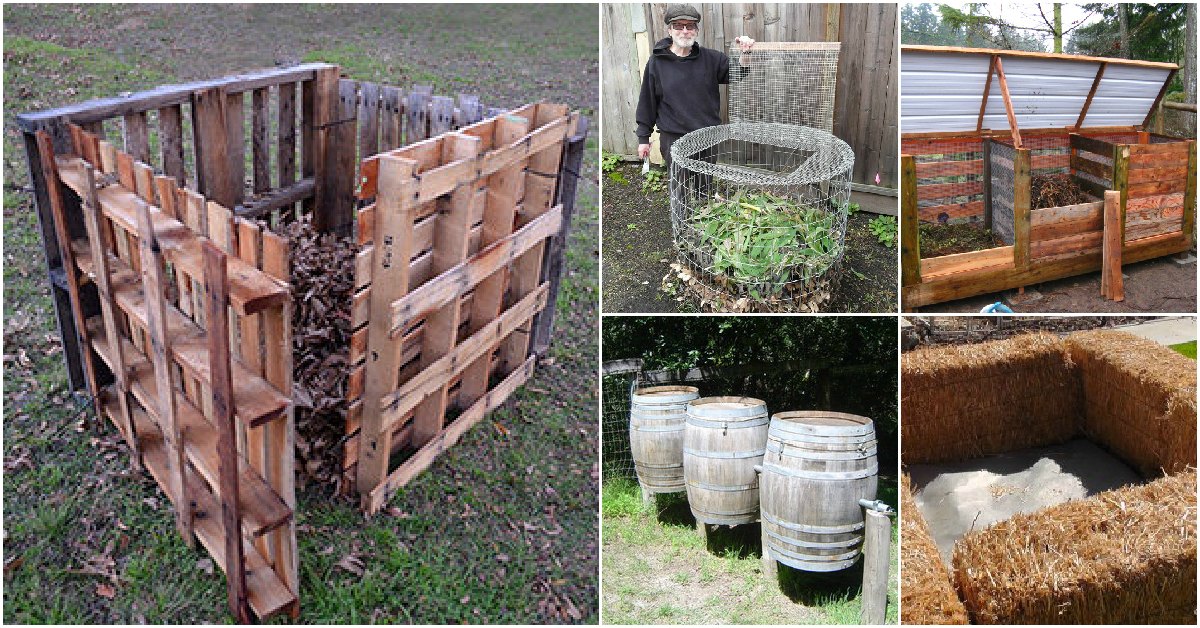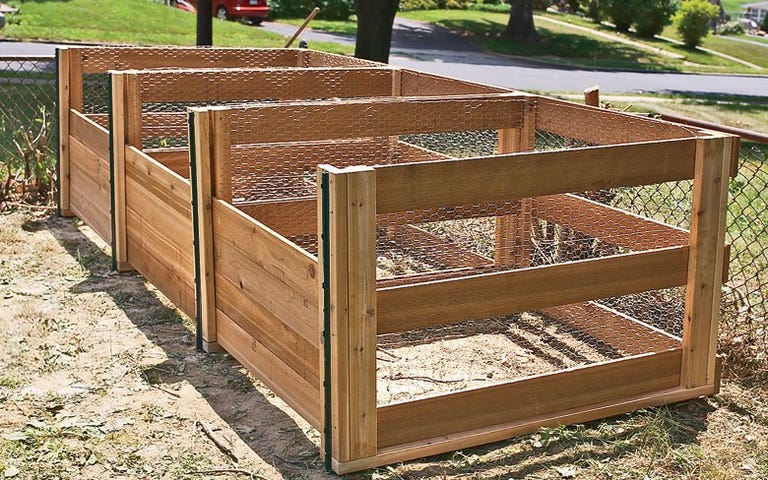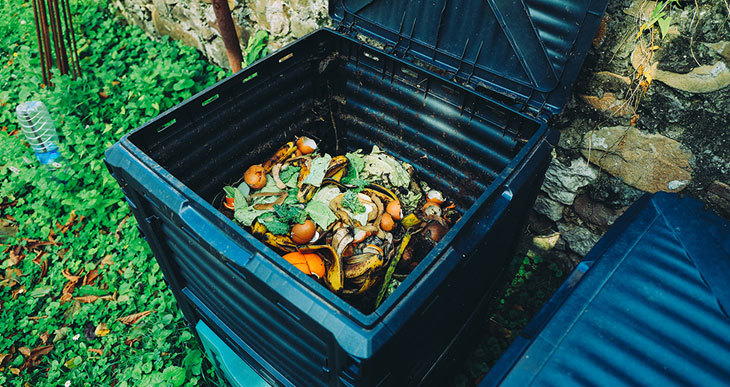Why Composting Matters for a Greener Tomorrow
Composting is a crucial step towards reducing waste and creating a more sustainable future. By understanding the importance of composting, individuals can take a proactive step towards minimizing their environmental footprint. Composting reduces the amount of waste sent to landfills, decreases greenhouse gas emissions, and creates a natural fertilizer for gardens. In fact, composting can divert up to 30% of municipal waste from landfills, reducing the risk of pollution and climate change. Moreover, composting helps to conserve water, reduce soil erosion, and promote healthy plant growth. As the world grapples with the challenges of climate change, composting emerges as a crucial strategy for creating a more sustainable future. With a well-designed composting bin, individuals can turn kitchen scraps and yard waste into a valuable resource for their gardens. To get started, it’s essential to learn how to build composting bin that meets your specific needs and goals. By doing so, you’ll be taking a significant step towards reducing your environmental impact and creating a greener tomorrow.
Choosing the Right Materials for Your Compost Bin
When it comes to building a thriving compost system, selecting the right materials is crucial. A well-balanced compost bin should include a mix of “green” and “brown” ingredients. Green materials, such as food waste, grass clippings, and fresh leaves, are high in nitrogen and provide energy for the composting process. Brown materials, like dried leaves, straw, and shredded newspaper, are rich in carbon and provide structure for the compost pile. Other materials that can be composted include yard trimmings, paper products, and coffee grounds. However, it’s essential to avoid adding meat, dairy, and oily foods, as they can attract pests and create unpleasant odors. Weeds with seeds should also be avoided, as they can sprout in the compost and spread to other areas of the garden. By understanding what materials to include and exclude, individuals can create a nutrient-rich compost that will support healthy plant growth. Before building a compost bin, it’s essential to learn how to build composting bin that meets your specific needs and goals. With the right materials and design, individuals can create a thriving compost system that reduces waste and supports a sustainable future.
How to Build a Compost Bin: A Step-by-Step Guide
Building a compost bin is a straightforward process that requires minimal materials and tools. To get started, gather the following materials: 2″ x 6″ lumber, wire mesh, a drill, and some screws. Begin by cutting the lumber into the required pieces for the bin’s frame. Assemble the frame by screwing the pieces together, making sure it is sturdy and can hold the weight of the compost materials. Next, attach the wire mesh to the frame, ensuring it is secure and will keep pests out. Once the bin is assembled, add a lid to make it easy to turn and maintain the compost pile. When learning how to build composting bin, it’s essential to consider the size and design of the bin. A bin that is at least 3′ x 3′ x 3′ will provide enough space for the compost materials to break down efficiently. Additionally, a bin with aeration and drainage features will help create an optimal composting environment. With a well-designed compost bin, individuals can turn kitchen scraps and yard waste into a nutrient-rich fertilizer for their gardens. By following these steps, individuals can create a thriving compost system that reduces waste and supports a sustainable future.
Design Considerations for an Effective Compost Bin
When designing a compost bin, it’s essential to consider several key factors to create an optimal composting environment. One of the most critical elements is aeration, which allows oxygen to flow into the bin and support the decomposition process. This can be achieved by incorporating features such as ventilation holes, aeration tubes, or a design that allows for easy turning of the compost pile. Another crucial aspect is moisture control, as a compost pile that is too dry will not break down efficiently, while one that is too wet can lead to anaerobic conditions and unpleasant odors. A well-designed compost bin should have a lid or cover to retain heat and moisture, while also allowing for easy access to turn the compost pile. Temperature control is also vital, as composting occurs most efficiently between 130°F and 140°F. A bin with insulation or a design that allows for airflow can help maintain this optimal temperature range. By incorporating these design considerations into a compost bin, individuals can create an environment that supports efficient decomposition and produces a high-quality compost. When learning how to build composting bin, it’s essential to consider these design elements to ensure a thriving compost system. By doing so, individuals can turn kitchen scraps and yard waste into a nutrient-rich fertilizer for their gardens, reducing waste and supporting a sustainable future.
Adding the Right Ingredients for a Balanced Compost
Creating a balanced compost requires a mix of “green” and “brown” ingredients. Green ingredients, such as food waste, grass clippings, and fresh leaves, are high in nitrogen and provide energy for the decomposition process. Brown ingredients, such as dried leaves, straw, and shredded newspaper, are high in carbon and provide structure and aeration for the compost pile. A balanced compost should consist of 2/3 brown ingredients and 1/3 green ingredients. This mix ensures that the compost pile has enough energy to break down efficiently, while also maintaining a stable structure and aeration. When adding ingredients to the compost bin, it’s essential to balance the green and brown materials. For example, if adding a large amount of food waste, balance it with an equal amount of dried leaves or straw. This balance is crucial for creating a healthy compost pile that breaks down efficiently and produces a high-quality compost. By understanding the importance of balancing green and brown ingredients, individuals can create a thriving compost system that reduces waste and supports a sustainable future. Remember, a well-balanced compost pile is key to successful composting, and with the right mix of ingredients, individuals can create a nutrient-rich fertilizer for their gardens.
Maintaining Your Compost Bin: Tips for Success
Maintaining a healthy compost bin requires regular monitoring and upkeep. One of the most critical tasks is monitoring temperature, as composting occurs most efficiently between 130°F and 140°F. Check the temperature regularly, and turn the compost pile if it gets too hot or cold. Another essential task is managing odors, which can be a sign of anaerobic conditions. To prevent odors, ensure the compost pile has adequate aeration, and turn it regularly to introduce oxygen. Turning the compost pile also helps to speed up decomposition and prevent matting. Aim to turn the compost pile every 7-10 days, or when it starts to smell or look uneven. Additionally, ensure the compost bin has the right moisture levels, as a compost pile that is too dry will not break down efficiently. Add water as needed, but avoid overwatering, which can lead to anaerobic conditions. By following these tips, individuals can maintain a healthy compost bin that breaks down efficiently and produces a high-quality compost. Remember, regular maintenance is key to successful composting, and with the right techniques, individuals can create a thriving compost system that supports a sustainable future. When learning how to build composting bin, it’s essential to consider these maintenance tips to ensure a healthy and thriving compost system.
Troubleshooting Common Composting Issues
Despite best efforts, composting issues can arise. Pests, such as rodents or flies, can be attracted to the compost bin if it’s not properly maintained. To prevent pests, ensure the compost bin is securely covered, and add a layer of brown materials, like straw or shredded newspaper, to absorb excess moisture. Odors can also be a problem, especially if the compost pile is too wet or has too many green ingredients. To eliminate odors, turn the compost pile to introduce oxygen, and add more brown materials to balance the green ingredients. Slow decomposition can occur if the compost pile is too dry or lacks sufficient nitrogen. To overcome slow decomposition, add more green ingredients, like food waste or grass clippings, and ensure the compost pile has adequate moisture. Another common issue is mold growth, which can occur if the compost pile is too wet or has poor aeration. To prevent mold growth, ensure the compost bin has adequate aeration, and turn the compost pile regularly to introduce oxygen. By understanding these common composting issues and their solutions, individuals can troubleshoot problems and maintain a healthy compost bin. Remember, building a successful composting system requires patience, persistence, and attention to detail. When learning how to build composting bin, it’s essential to consider these common issues and take steps to prevent them. With the right techniques and maintenance, individuals can create a thriving compost system that supports a sustainable future.
Harvesting Your Compost: Using the Finished Product
After months of careful maintenance, the compost is finally ready to use. But how do you know when it’s ready? A finished compost should be dark and crumbly, with an earthy aroma. It should also be free of recognizable pieces of the original materials. If you’re unsure, perform a simple squeeze test: if the compost forms a tight ball that crumbles easily, it’s ready to use. Now that you have a nutrient-rich compost, it’s time to incorporate it into your gardening routine. Start by mixing 2-4 inches of compost into the soil before planting. This will provide a boost of nutrients to your plants and improve soil structure. You can also use compost as a mulch or top dressing to provide ongoing nutrition. When learning how to build composting bin, it’s essential to consider the end goal: creating a high-quality compost that will support healthy plant growth. By following these tips, individuals can harness the full potential of their compost and create a thriving garden. Remember, a well-maintained compost bin is just the first step in creating a sustainable gardening practice. With the right techniques and a little patience, individuals can create a nutrient-rich compost that will support a greener tomorrow.







